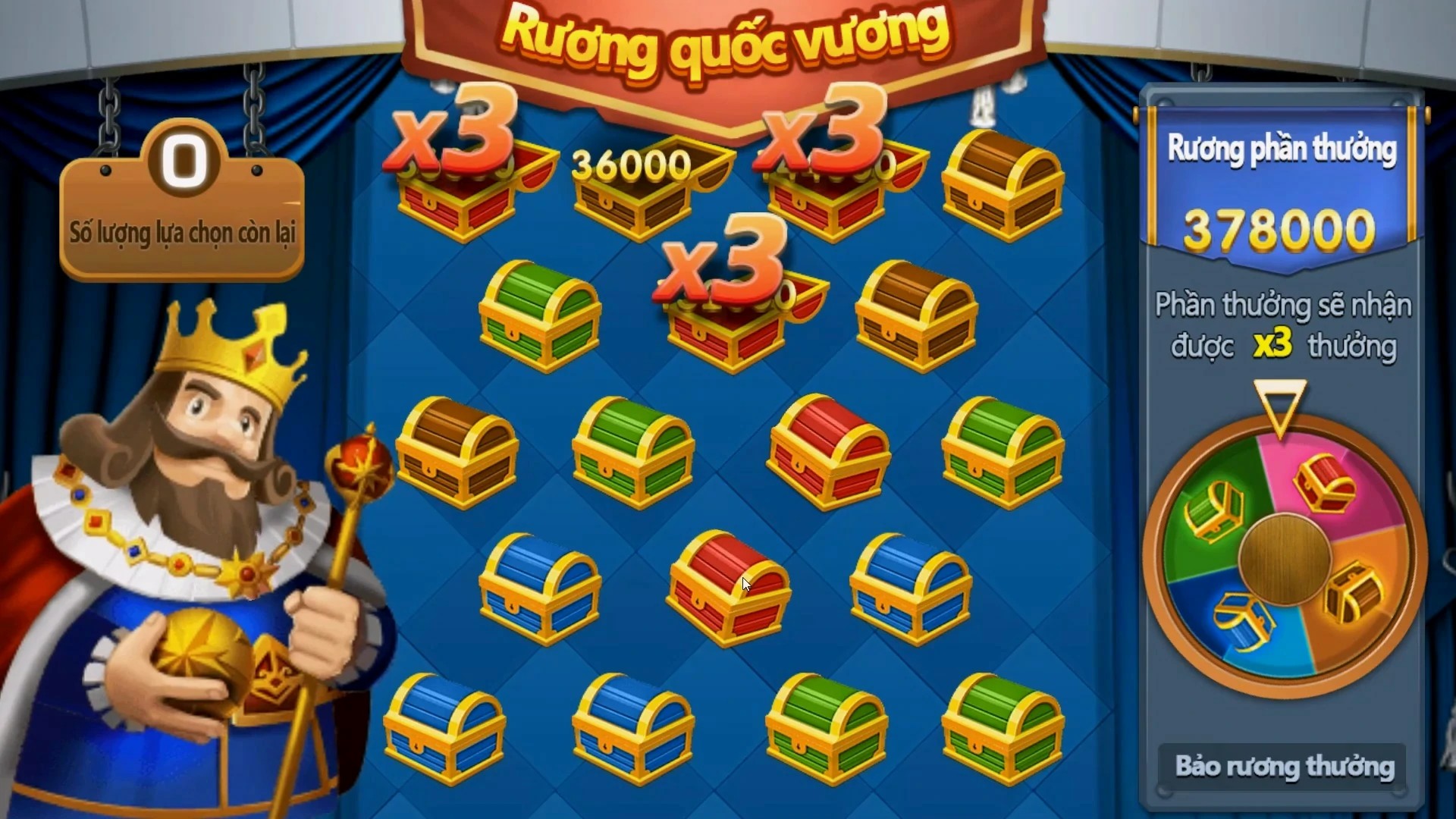The Power of Creative Games in Modern Play
Creative games aren’t just fun — they’re foundational. They push players beyond scripted choices and into the realm of self-driven design, where the only limit is imagination. From stacking virtual bricks to engineering entire cities, the right game turns downtime into innovation time. This blend of freedom and focus reshapes how we see challenges. And it’s more important than ever in today’s digital world, where problem-solving is currency.
In Puerto Rico, where community and creativity often go hand in hand, these experiences strike a chord. Kids, teens, even adults dive into virtual worlds where they build, destroy, and rebuild. The outcome? Cognitive flexibility. Better spatial reasoning. A sharper instinct for systems and design. These aren’t accidental byproducts — they’re baked into every pixel.
Why Building Games Ignite Unique Learning Pathways
Think about building games: they demand logic but allow chaos. A structure must stand — physics applies — but what it looks like, where it goes, what purpose it serves, that’s entirely on the player. That open space between rules and results is where innovation starts.
Taking block-based mechanics or terrain editors, games simulate real-world constraints — material cost, structural balance, environmental factors — but do it in ways that feel forgiving, even playful. This paradox makes them ideal for low-stakes learning. You mess up a sky bridge in a building game? You don’t call a contractor. You reload and try a new support model. Trial, error, tweak: the core of creative confidence.
- Boosts spatial and logical intelligence
- Enhances focus and long-term project planning
- Promotes resource management thinking
- Supports collaborative ideation in multiplayer formats
From Toy to Tech: Top Building Games That Stand Out
Sure, Minecraft is the granddaddy of them all — but it’s just the start. The building genre has grown up. It now includes complex sandbox engines, architecture simulators, and even open-world survival titles where base building determines whether your avatar eats tonight.
In fact, some newer entries are blending building with narrative-driven gameplay. Think crafting your own outpost while fending off waves in games like Valheim, or creating sustainable ecosystems in Factorio. These aren’t sandbox doodles — they're engineered challenges.
Meanwhile, even classic-style titles keep evolving. Updates bring better physics engines, VR support, and AI helpers that guide but don’t override. That balance — support versus control — keeps experienced players invested while onboarding novices gently.
A Look at Strategy Meets Imagination: Game of Thrones Influence
Not every creative game looks like a digital lego bin. Some weave narrative weight into the architecture. The world of Game of Thrones: The 7 Kingdoms (a common search variant, even if not an exact title match) shows how lore and building merge. Fans don’t just fight for control — they strategize territory, fortify castles, and simulate supply chains.
The draw here is authenticity. Building Winterfell isn’t just a fun pixel project — it's about capturing identity. Who lived there? What storms had it weathered? This layer of context makes structural choices meaningful. That’s a leap beyond generic placement mechanics.
Interestingly, fan-made mods and community maps inspired by the series show how players extend this logic. Many treat regions like political simulations, balancing troop movement, food yields, and alliances. This isn’t passive consumption. It’s world-modeling as creative act.
Computer RPG Games with Deep Creative Layers
RPGs might not scream "creative games" at first glance, but dig deeper. Many computer RPG games now fold building systems into their core progression paths. Take the base-camp setups in Dynasty Warriors: Origins or the town upgrades in Starfield. You earn currency not just to buy armor, but to unlock workshops, gardens, and defensive turrets.
This shift changes player psychology. You aren't just stronger after a level-up — you’ve redesigned your environment. Your decisions echo in how you play: a well-lit workshop improves crafting success rates; narrow entry tunnels slow enemy waves.
| Game Title | Building Component | Strategic Impact |
|---|---|---|
| The Outer Worlds | Colony Outposts | Affects mission access, ally loyalty |
| Dragon Age: Inquisition | Forward Bases | Enhances crafting and intel flow |
| Mass Effect: Andromeda | Settlement Development | Impacts galactic readiness level |
Beyond Fun: The Real-World Edge of Playing Builder
Spend hours constructing floating islands or optimizing rail logistics, and something shifts. Your brain starts asking, “Could this work in real life?" And that's the moment the game world and actual world connect.
In classrooms across San Juan, teachers have leveraged building games to explain urban planning. In vocational youth programs, tools like Roblox Studio teach scripting through level design. It’s not about becoming game devs — although that happens — it’s about internalizing design thinking.
The kicker? Even seemingly "fantasy" titles like those inspired by the Seven Kingdoms build literacy in real systems. Supply lines. Climate zones. Defense in depth. You might not realize you're learning macroeconomics, but you are — in disguise.
Key Takeaways
- Creative games foster problem-solving without pressure — the ultimate sandbox for the mind.
- Building games go beyond entertainment, teaching structure, balance, and foresight.
- Narrative-driven titles like adaptations of Game of Thrones deepen engagement through meaning.
- Modern computer RPG games merge crafting with story progression for richer worlds.
- In Puerto Rico, localized gaming interest combines with hands-on creativity for powerful youth development.
Conclusion
Creative games are more than pixels and code. They're catalysts. Whether you’re placing your first virtual brick or mastering the terrain of the 7 Kingdoms, each action teaches a small lesson in balance, cause, and consequence. For users in Puerto Rico and beyond, this isn’t just recreation — it’s empowerment in disguise. The rise of deeper computer RPG games proves that building is no longer an optional mode; it’s central to modern gameplay.
So the next time someone calls it “just a game," remember: behind every digital fortress, colony, or treehouse is an idea tested, failed, and rebuilt stronger. That’s not escapism. That’s growth.



